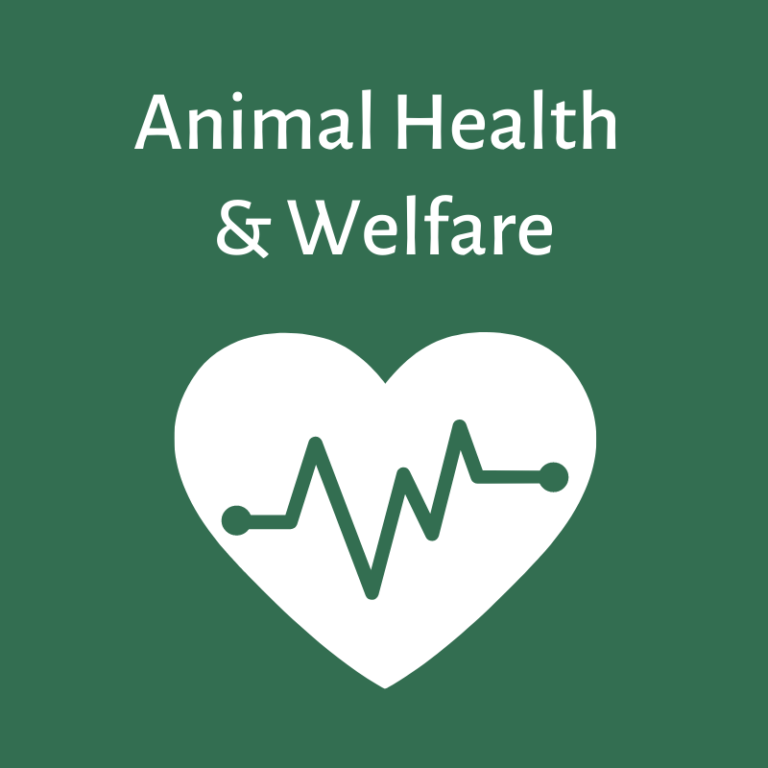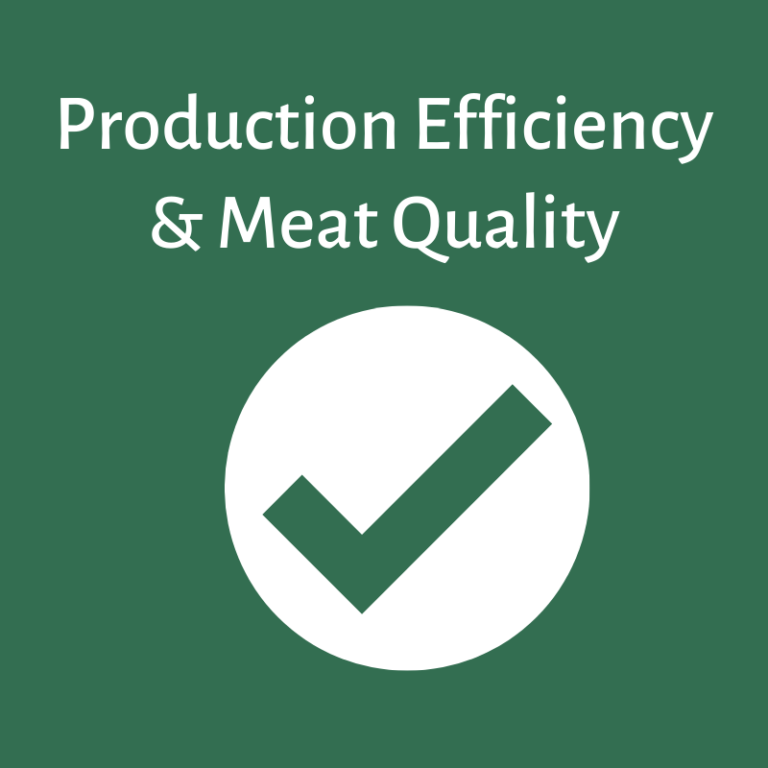
https://ec.europa.eu/eip/agriculture/en/find-connect/projects/bovine-beef-innovation-network-europe
Poor nutrition is a common scenario in beef cattle production systems. Dams are usually managed under extensive conditions in which feed availability depends on pastures and limited forage resources. Undernutrition during cow early pregnancy will have important consequences not only for the cow but also for the fetus, which will have to modify its physiology to survive in a sparse uterine environment. These adaptive mechanisms, known as fetal programming, will modulate the fetus development leading to lower performance and potential metabolic diseases in its postnatal life.
Through an investigation carried out in CITA de Aragón, Spain (Effects of maternal nutrition on embryo growth and offspring: implications for beef productive efficiency, INIA RTA2013-00059-C02-00, 2014-2018), it was concluded that ensuring adequate nutrition during the first stages of gestation is essential to meet the dam nutritional requirements. Maternal dietary intake will influence critical processes for embryo/fetus development. The research study started when dams (1st generation, F0) were inseminated and blocked into two groups according to the nutritional treatment they would receive during the first third of pregnancy (Control vs. Undernourished). After parturition, male offspring (2nd generation, F1) were fattened and slaughtered at 12 months of age. Female offspring (2nd generation, F1) were inseminated and calved at 25 months of age. Finally, heifer’s offspring (3rd generation, F2) were weaned at 4 months of age. The research experiment took 39 months in total.
Nutritional status of a cow measured by its body condition
The nutritional value of a diet presents a huge variability depending on its composition, food preservation, the season of the year, etc. An indirect but easy and simple way to evaluate the nutritional status of a cow is by measuring its body condition score (BCS). Regardless of cow weight, the BCS estimates the body fat reserves and, therefore, is an easy-to-apply tool to check that the feed provided met the dam nutritional requirements. It is well established that dams should calf in a 2.5-3.0 BCS status (on a 1 to 5 scale, Figure 1).
 Figure 1. Examples of different body condition score (BCS) in beef dams.
Figure 1. Examples of different body condition score (BCS) in beef dams.
However, there is scarce information about the optimum nutritional status that a cow should have after calving and the potential consequences, not only for the cow, but also for the developing fetus once the dam is pregnant. Taking into account that after parturition the dam will have to face an important energy challenge during the lactation period, it is essential that the cow could maintain its BCS. An optimum nutritional status after calving will accelerate the resumption of cow ovarian cyclicity and after conception it will avoid negative effects in the fetal programming due to prenatal undernutrition.
Ensuring an optimum BCS through adequate nutrition during early pregnancy will positively influence different stages of the cattle production chain. Conversely, a poor nutrition diet will impact cow-calf performance. On the one hand, it will affect dam metabolic status, compromising the milk yield and, therefore, the growth of the reared calves at this stage. On the other hand, a negative energy balance will have consequences in the developing fetus with long-term effects in its adult life. In a sparse-nutrient environment, the fetus attempts to create a more efficient body composition, potentially resulting in reduced muscle mass and greater fat deposition to increase energy storage.
The BCS is an easy-to-apply tool to implement in cattle production systems. The optimum BCS in suckler cows should be guaranteed both at calving and at breeding in order to ensure their adequate nutrition and maximize the suckler herd production. However, any variation in the cow nutrient intake will take some time to be reflected in its BCS (it is not immediate). For this reason, it is necessary to adequate in advance the energy and protein content of the diet to face the next energy challenge.
Effects of undernutrition during early pregnancy in the progeny
As it was demonstrated in the mentioned study, undernutrition around the peri-implantational period decreased the performance of the progeny during the following lactation and the fattening period. Calves born from undernourished dams were 16.0% and 11.4% lighter at weaning and at slaughter, respectively. Regarding meat quality traits, prenatal undernutrition leaded to fatter carcasses with impaired meat tenderness, affected meat color and increased meat content of some healthy fatty acids. Furthermore, prenatal undernutrition could compromise the reproductive performance of the replacement heifers (heifers born from undernourished dams had lower antral follicle count).
A demonstration related to this theme was carried out within the BovINE consortium in Spain.
Impact on:
 |
|
 |
minimizing the risk of potential metabolic diseases in the progeny. |
 |
maximizing the cow-calf performance |
 |
Authors: Agustí Noya, Isabel Casasús and Albina Sanz (researchers from CITA de Aragón (asanz@aragon.es))
Source of information:
“A negative energy balance during the peri-implantational period reduces dam IGF-1 but does not alter progesterone or pregnancy-specific protein B (PSPB) or fertility in suckled cows”. Noya A., Casasús I., Rodríguez-Sánchez J. A., Ferrer J., Sanz A. (2020). Domestic Animal Endocrinology, 72: 106418. https://doi.org/10.1016/j.domaniend.2019.106418
“Effects of maternal subnutrition during early pregnancy on cow hematological profiles and offspring physiology and vitality in two beef breeds”. Noya A., Serrano-Pérez B., Villalba D., Casasús I., Molina E., López-Helguera I., Sanz A. (2019). Animal Science Journal, 90: 857-869. https://doi.org/10.1111/asj.13215
“Maternal nutrient restriction in early pregnancy increases the risk of late embryo loss despite no effects on peri-implantation interferon-stimulated genes in suckler beef cattle”. Serrano-Pérez B., Molina E., Noya A., López-Helguera I., Casasús I., Sanz A., Villalba D. (2020). Research in Veterinary Science, 128: 69-75. https://doi.org/10.1016/j.rvsc.2019.10.023
“Long-term effects of maternal subnutrition in early pregnancy on cow-calf performance, immunological and physiological profiles during the next lactation”. Noya A., Casasús I., Ferrer J., Sanz A. (2019). Animals, 9: 936 https://doi.org/10.3390/ani9110936
“Effects of developmental programming caused by maternal nutrient intake on postnatal performance of beef heifers and their calves”. Noya A., Casasús I., Ferrer J., Sanz A. (2019). Animals, 9: 1072. https://doi.org/10.3390/ani9121072
“Long-term effects of early maternal undernutrition on the growth, physiological profiles, carcass and meat quality of male beef offspring”. Noya A., Ripoll G., Casasús I., Sanz A. (2022). Research in Veterinary Science, 142: 1-11. https://doi.org/10.1016/j.rvsc.2021.10.025
"Repercusiones de la restricción alimentaria durante el primer tercio de gestación sobre los parámetros fisiológicos y los rendimientos de la vaca nodriza y su descendencia". Noya A. (2020). Tesis Doctoral. Universidad de Zaragoza. http://hdl.handle.net/10532/5131